Advertisement
Colonialism, Patriarchy And Family Drama: Boston Archeologists Dig Up The Story Beneath Ronan Park Sinkhole
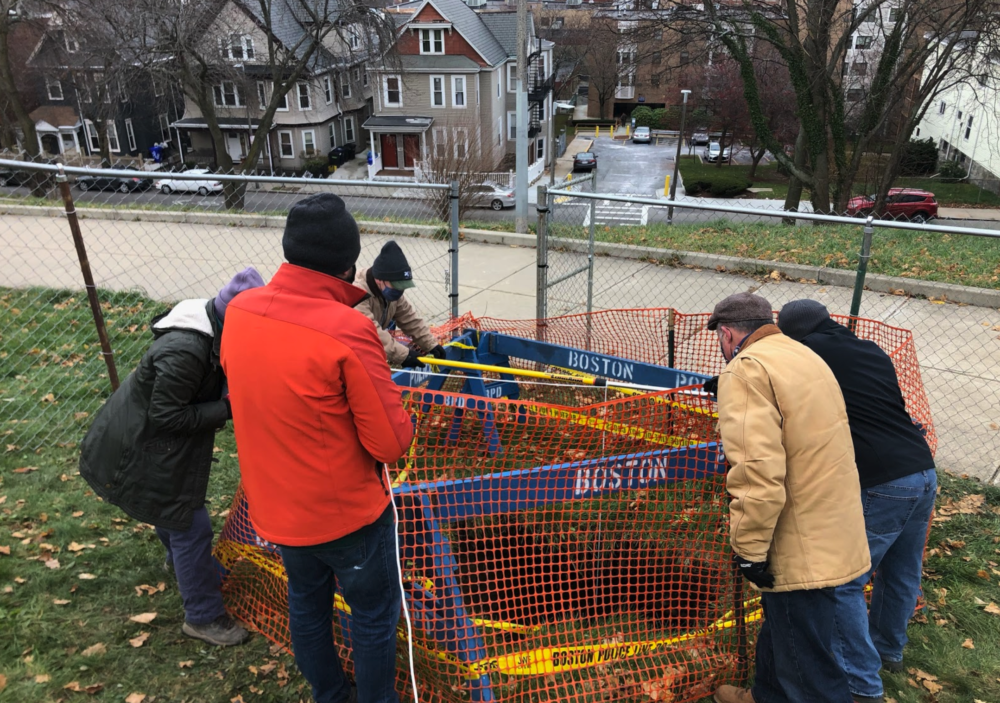
Boston archeologists have unearthed a trove of historical details about a sinkhole that opened up near a pathway in Dorchester's Ronan Park in early December.
At the time, a cursory investigation (involving an iPhone and flashlights taped to a paint roller) revealed the existence of a well, likely built sometime in the 1800s. Only one "artifact" was found — a plastic liquor bottle likely tossed into the hole within days of its opening.
However, a new report released Friday by the Boston City Archaeology Program provides a fuller picture of the lives of some of the people who lived on the land encompassing the well.
In reading the report, one gets the sense of starting down the deep well of Boston's history, and in the darkness, seeing hints of the ugly realities of the time, such as the colonization of Indigenous lands, patriarchal laws and deadly diseases. But one also gets a glimpse of how the land that we call Ronan Park came to be what it is today.
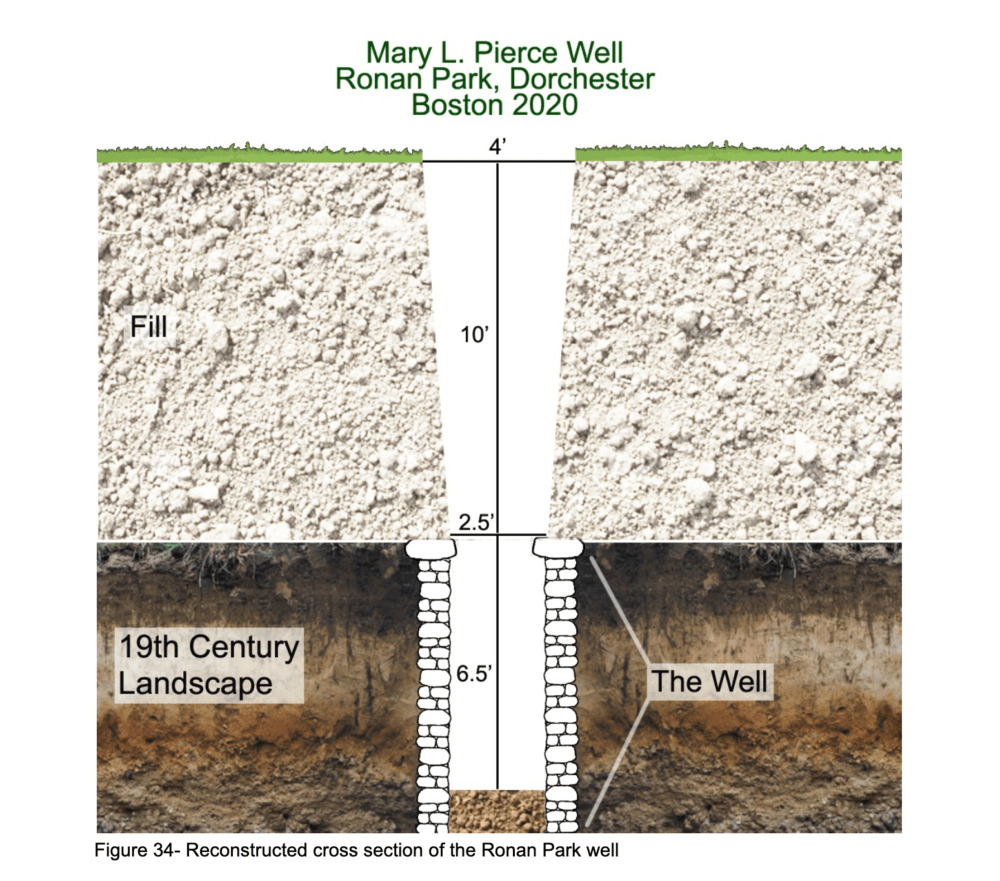
The Site's Indigenous History
Although Ronan Park has never been surveyed archaeologically, the report stated, it is likely that some Indigenous sites exist or once existed in the park, as Boston as a whole is part of the ancestral homelands of the Massachusett. The closest intact sites are at Savin Hill and Commercial Point, both Massachusett burial places that date to the 17th century.
European Colonization
In 1630, European immigrants began colonizing the area just north of the site. And in 1793, historical records show that Thaddeus Mason Harris, a minister of the Dorchester First Parish Church located just north of Ronan Park, bought the land on which the site sits.
In 1818, a bricklayer named John Pierce purchased 10 acres of the land and built two homes for himself and his wife, Catherine B. Pierce, and their family — the second one at 151 Adams St., where the well was found.
John's son, Charles, would later marry Mary Lyman of Springfield in 1846. And by the 1850s, both appeared to be living in a house near 151 Adams St., along with their two children, a couple of Irish laborers and two Irish-born women, Kate Fitzgerald and Margaret Kohn, who the archeologists suggest may have been domestic servants.
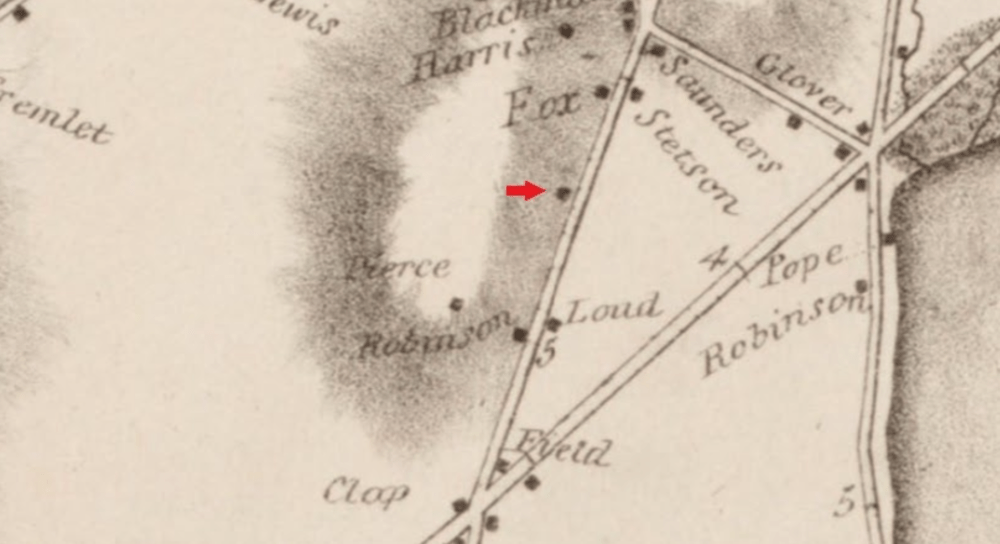
Mary's Story
In 1857, Charles died of typhoid fever but didn't leave a will, and in the years that followed Mary apparently fell on hard times. By law, she had to petition for an allowance from her husband's $43,000 estate. And the $355 she was awarded apparently wasn't enough for her and her two children to live on. The 1865 state census found her living in a boarding house south of Fields Corner, along with 22 other people.
Later, Mary would purchase the property at 151 Adams St., which had been willed to various family members by her husband's father, John. Among the heirs whose stakes in the property she had to buy up to obtain title? Her own son, Charles Jr., and her daughter Elizabeth.
Mary died of cancer in November 1885. In her will, she left $1,000 to her neighbor, $100 to her servant, and $50 to her nurse. Her daughter Elizabeth would receive the Adams Street house, and the rest of her $18,000 estate — unless she got married.
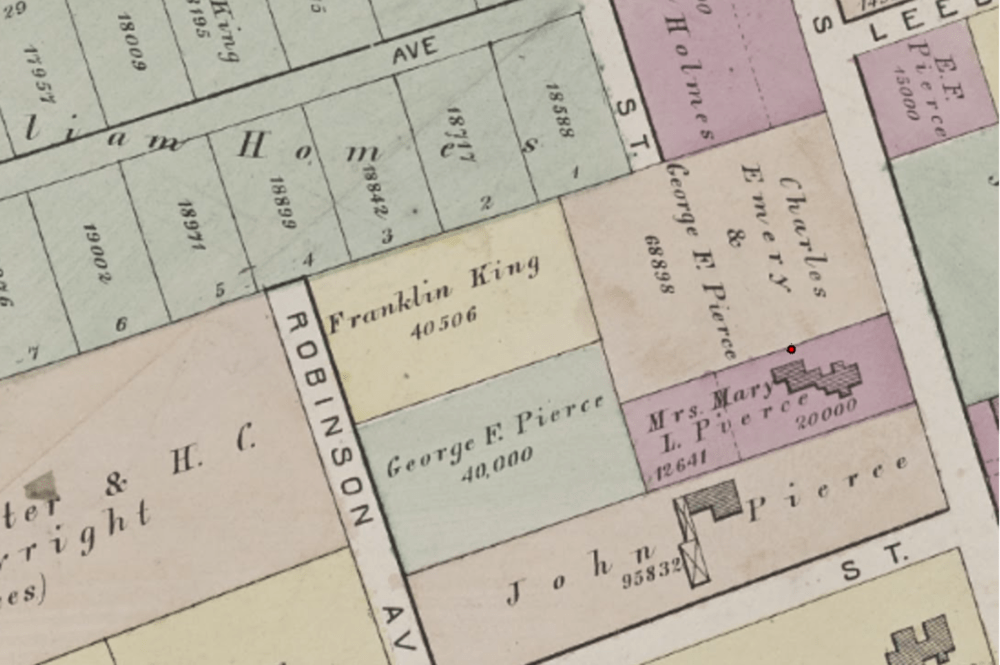
Elizabeth, And The Rest Of The Story
Elizabeth died from a kidney disease in 1892 and was buried at Mount Benedict cemetery in West Roxbury. And while she remained unmarried and did not have children during her life, the report states that "Elizabeth’s will and probate reflects a social life filled with family and long-time friends," naming 28 people in her will.
The report goes on to state that Elizabeth's will made "a clear preference for the women in her life, with 20 women named in her will and just nine men, and the women receive the vast majority of her estate, totaling nearly $30,000, with just $5,000 given to men. It is clear that Elizabeth chose to financially support the women in her life more than the men."
In 1893, the executors of Elizabeth's estate sold the property to Hannah Bliss for “one dollar and other valuable considerations to us" — although historians do not know why.
In 1910, at about 82 years old, Bliss died of a cerebral hemorrhage. And her heirs sold the property to the city of Boston, which would later use the land to build Ronan Park.
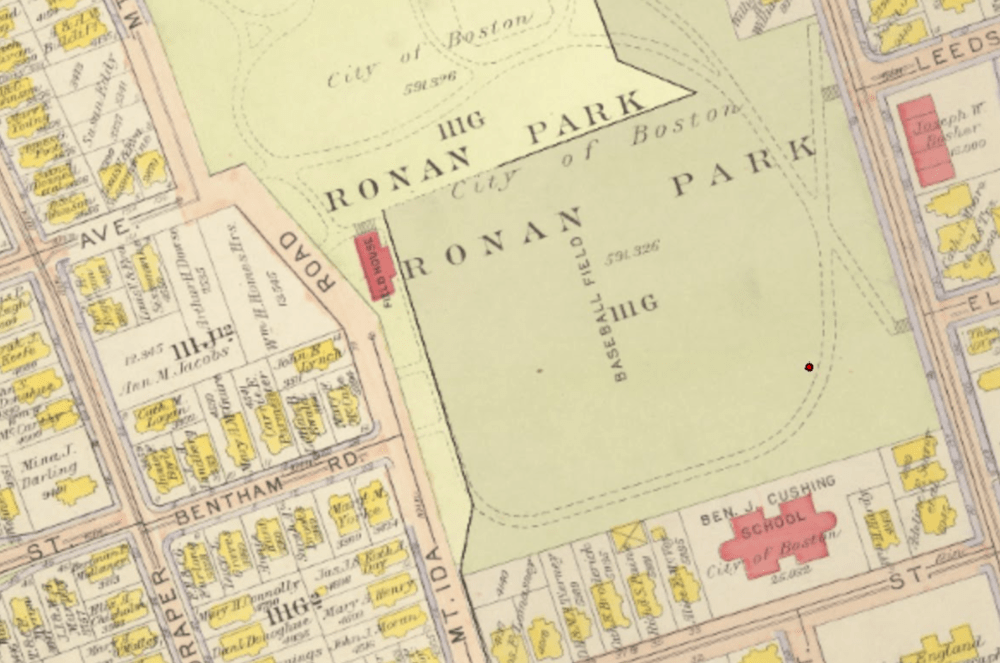
'Everybody's Got A Story'
There are more depths to plumb in this report — if you are a nerd for that kind of thing — from geologic analyses to the history of waterworks in Boston. Here's the report in full.
For Joe Bagley, director of Boston's Archaeology Program, the process of excavating the story from a 4-foot-wide hole in the ground was at turns surprising and frustrating.
In tracing the genealogy of those who lived on or around the site, "we ended up in Springfield, we ended up in the Amazon," Bagley said. But finding details about the women who were connected to the site proved challenging.
"Historic records don't do a lot of recording of women's activities and lives," he said. "We would basically get the day they were born, the day they were married, the day they died, and very little information in between." And yet, with some persistence and digging, an intriguing sketch can emerge.
"It really is just a well," he said. And yet, it seems to have generated the most public interest his program's work since it undertook a survey of The Malcolm X House in Roxbury. "It's one of the best projects we've ever done, just knowing people are waiting for us to tell you what we found."
Asked to speculate on why, Bagley said, "I think it's for the same reason that any archeologist finds this stuff interesting." History is often cast as a chronicle of big names and big people, many of them men, he said.
"But if you took time to look at any person at all, in time and history, everybody's got an interesting story to tell."
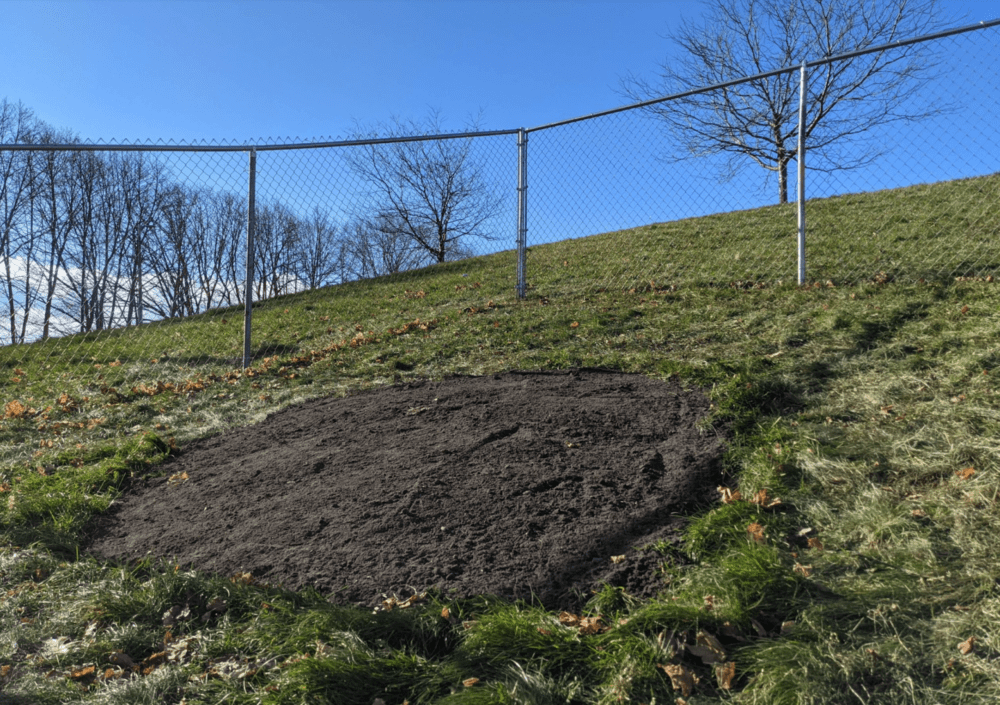
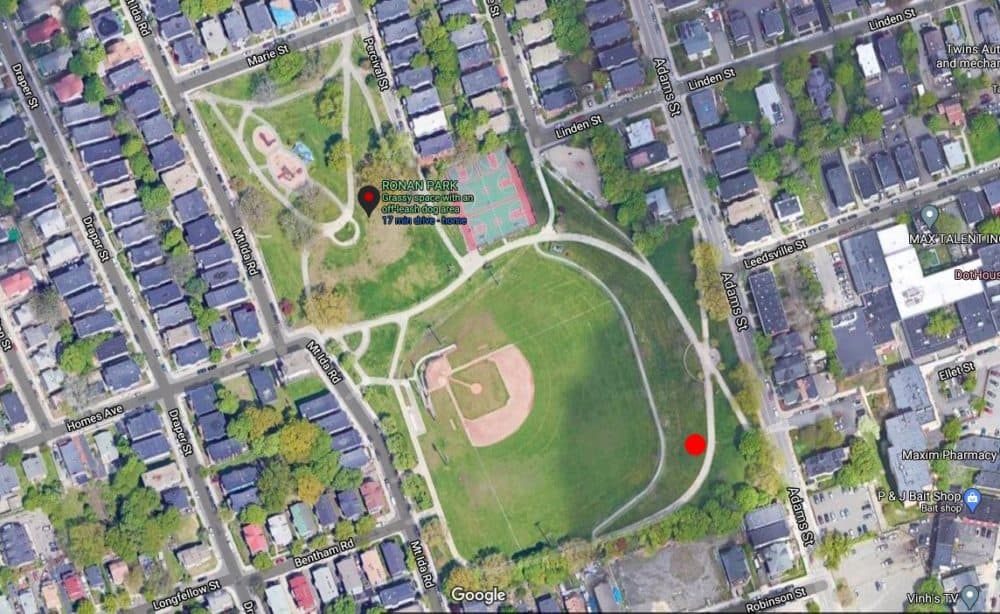
This article was originally published on January 24, 2021.

